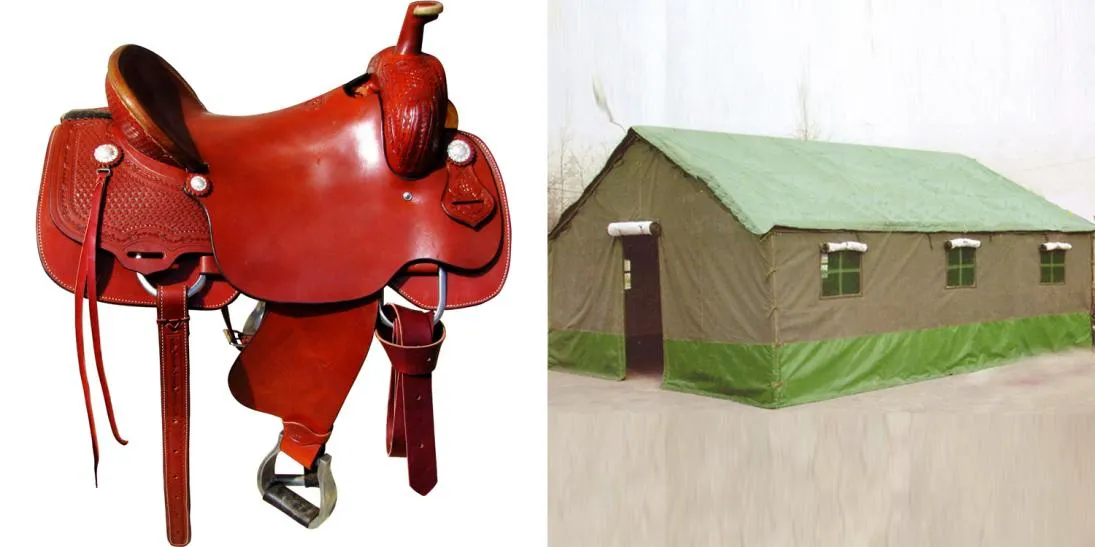Feb . 16, 2025 08:01
Back to list
double thread chain stitch
Sewing with thick thread can be a rewarding endeavor, elevating the texture and durability of your projects. Thick threads, often ranging from size 12 to 18, provide a robust look that stands apart from traditional sewing techniques. Many sewists hesitate to work with thick thread due to concerns about thread tension, needle compatibility, and machine capability, but with the right know-how, you can master this technique to produce high-quality projects that stand the test of time.
In addition to equipment and material considerations, stitch techniques amplify the aesthetic value of projects with thick thread. Consider using topstitching or decorative stitches that capitalize on the chunky thread's visibility. Thick thread is excellent for creating dimensional effects, highlighting edges, and adding a sturdy, decorative touch to seams. For this reason, many sewists find it ideal for embellishing home décor projects, handbags, and even layering effects in art quilts. Practicing with thick thread on various materials also enhances your understanding of its behavior across projects. Begin with smaller projects or samples to refine your technique, gauge necessary tension adjustments, and gain confidence in using your equipment. As familiarity increases, scaling up to more complex projects becomes a much less daunting task. Maintaining your sewing machine is essential when working consistently with thick thread. Regular cleaning and oiling, as per manufacturer guidelines, keep the machine's mechanics smooth and reduce wear caused by the additional friction thick thread can introduce. Breakdown and debris often collect quickly with the use of thick threads, especially with projects involving fabrics that shed fibers. Keeping the machine lint-free ensures longevity and consistent performance. Finally, cultivate a community or mentorship atmosphere, which can enhance your skills and provide support. Engaging with fellow sewing enthusiasts through forums, workshops, or social media groups offers insights into unanticipated challenges and innovative solutions. Sharing experiences and solutions to common problems can significantly shorten your learning curve and improve your project outcomes when working with thick thread. In summary, sewing with thick thread is a specialized skill yielding impressive results when approached with the right preparation. By selecting suitable materials, equipment, and techniques, and committing to ongoing practice and community engagement, you will establish competence and confidence in creating noteworthy, durable sewing projects.


In addition to equipment and material considerations, stitch techniques amplify the aesthetic value of projects with thick thread. Consider using topstitching or decorative stitches that capitalize on the chunky thread's visibility. Thick thread is excellent for creating dimensional effects, highlighting edges, and adding a sturdy, decorative touch to seams. For this reason, many sewists find it ideal for embellishing home décor projects, handbags, and even layering effects in art quilts. Practicing with thick thread on various materials also enhances your understanding of its behavior across projects. Begin with smaller projects or samples to refine your technique, gauge necessary tension adjustments, and gain confidence in using your equipment. As familiarity increases, scaling up to more complex projects becomes a much less daunting task. Maintaining your sewing machine is essential when working consistently with thick thread. Regular cleaning and oiling, as per manufacturer guidelines, keep the machine's mechanics smooth and reduce wear caused by the additional friction thick thread can introduce. Breakdown and debris often collect quickly with the use of thick threads, especially with projects involving fabrics that shed fibers. Keeping the machine lint-free ensures longevity and consistent performance. Finally, cultivate a community or mentorship atmosphere, which can enhance your skills and provide support. Engaging with fellow sewing enthusiasts through forums, workshops, or social media groups offers insights into unanticipated challenges and innovative solutions. Sharing experiences and solutions to common problems can significantly shorten your learning curve and improve your project outcomes when working with thick thread. In summary, sewing with thick thread is a specialized skill yielding impressive results when approached with the right preparation. By selecting suitable materials, equipment, and techniques, and committing to ongoing practice and community engagement, you will establish competence and confidence in creating noteworthy, durable sewing projects.
Previous:
Latest news
-
Boost Production Efficiency with a Pattern Sewing MachineNewsAug.29,2025
-
Industrial Excellence with the Best Heavy Duty Sewing MachineNewsAug.29,2025
-
Precision and Power with the Best Pattern Sewing MachineNewsAug.29,2025
-
Reliable Bulk Packaging Starts With the Right FIBC Sewing MachineNewsAug.29,2025
-
Advanced Packaging Solutions: Elevate Productivity with Jumbo Bag Sewing Machine and Industrial Stitching EquipmentNewsAug.29,2025
-
High-Performance Solutions for Bulk Packaging: FIBC Sewing Machine and MoreNewsAug.29,2025
-
Maximize Efficiency with an Industrial Cylinder Arm Sewing MachineNewsAug.28,2025


























